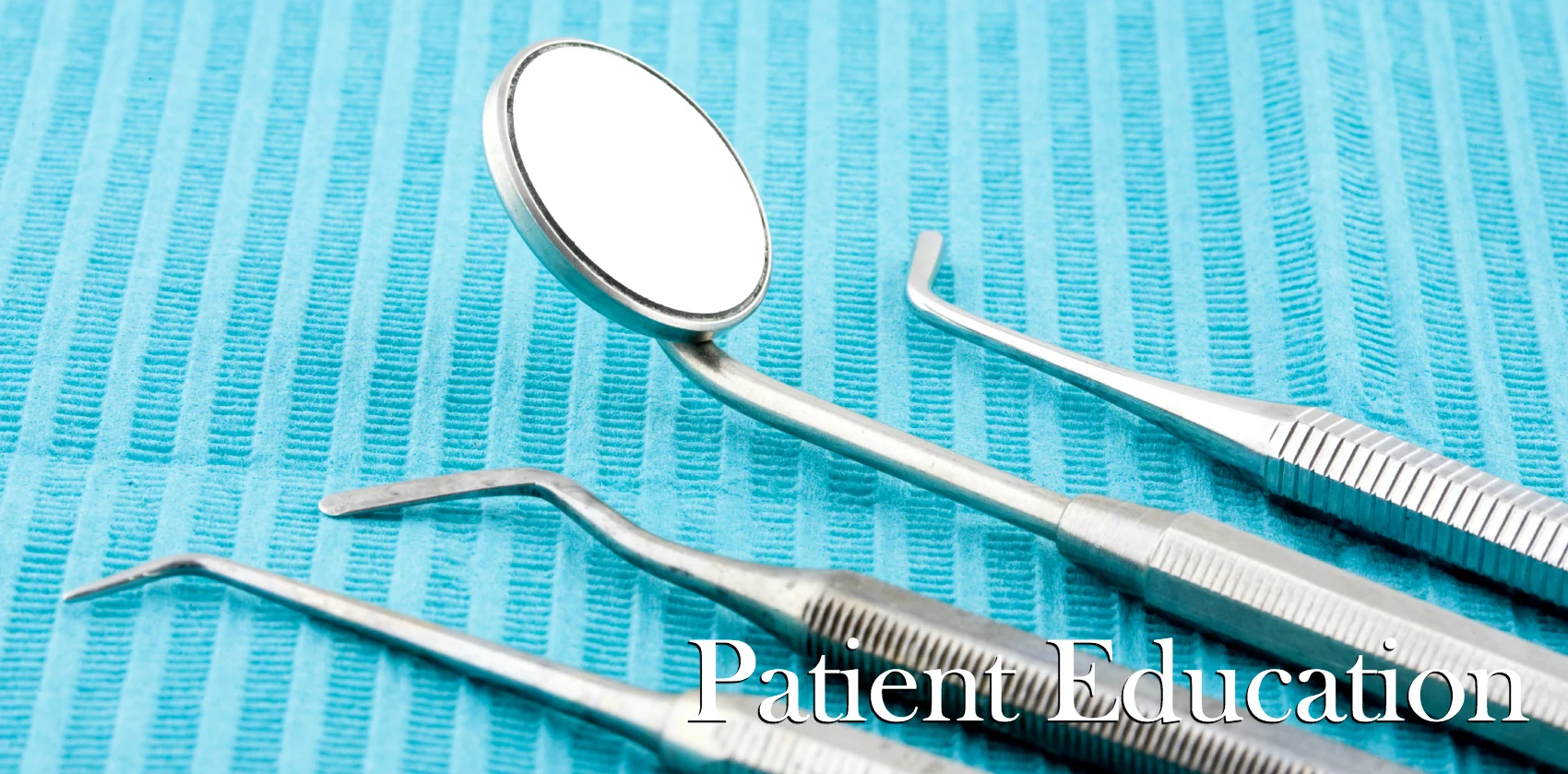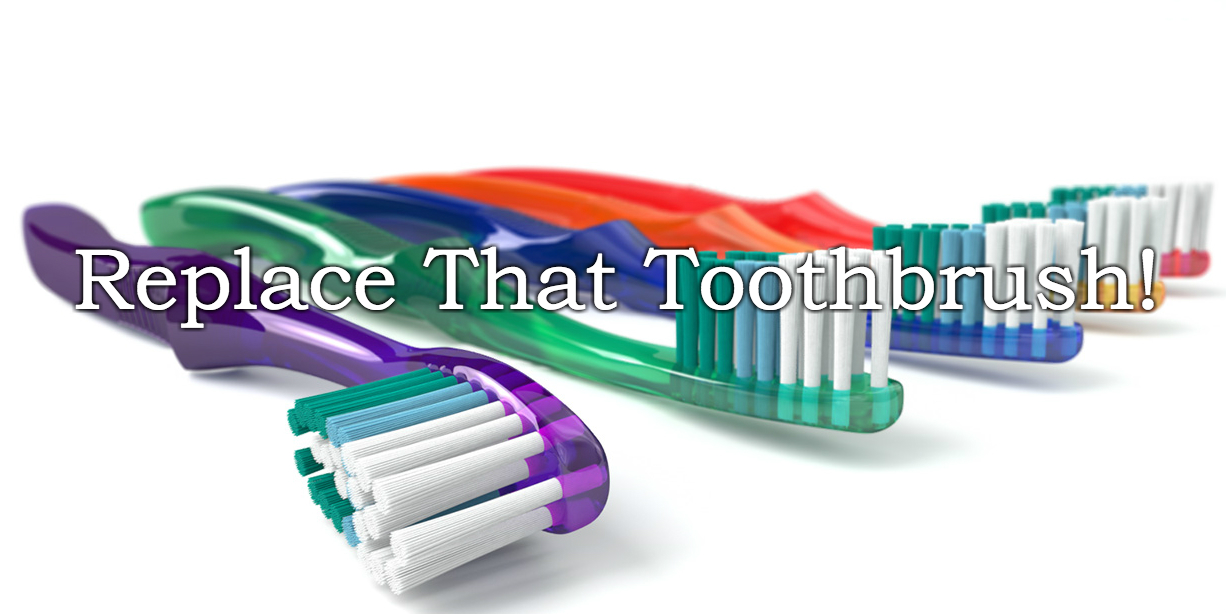When you're shopping the oral healthcare aisle at your local market, you will notice most products bear the "ADA Seal of Acceptance." This logo indicates that the American Dental Association stands behind the item's efficacy and ability to improve your overall oral health. However, it is important to understand exactly what the seal means and how you can use it to inform your product choices.
When a product earns the ADA seal of acceptance, it means that it contains an attribute that is scientifically proven to maintain or improve oral health. For toothpastes, it might be a therapeutic dose of fluoride. For mouth guards, it might mean a minimum level of shock/impact protection. To earn this endorsement, manufacturers have to apply to the ADA. The seal is not a legal or regulatory requirement to designate an "effective" product. Therefore, items without the seal of acceptance aren't necessarily lacking these important attributes. For example, lesser known brands of toothpaste may contain an appropriate amount of fluoride, but still do not have the seal. With that being said, shopping without the seal of acceptance can place you at risk of purchasing a less effective product. Fluoride free toothpastes, charcoal whitening powders and flimsy mouth guards all lack the ADA seal, and for good reason: they probably won't do you much good!
On the opposite side, just because a product contains the seal of acceptance does not automatically indicate it is the right one for you. For example, Listerine mouth rinse bears the ADA seal of acceptance due to it's ability to aid in the treatment of periodontal disease. However, if you struggle more with tooth decay than gum disease, a fluoride rinse like ACT with fluoride (which also bears the seal) would be far more advantageous. At the end of the day, you should be reading packaging for active ingredients, what they accomplish and decide if it fits in with your oral health needs.
We know that there are many types and varieties of products available to keep your mouth happy and healthy. If you have any questions about toothpastes, toothbrushes, floss or the seal of acceptance, please give our office a call!













